A show at Dominique Lévy proves Enrico Castellani’s cutting-edge credentials
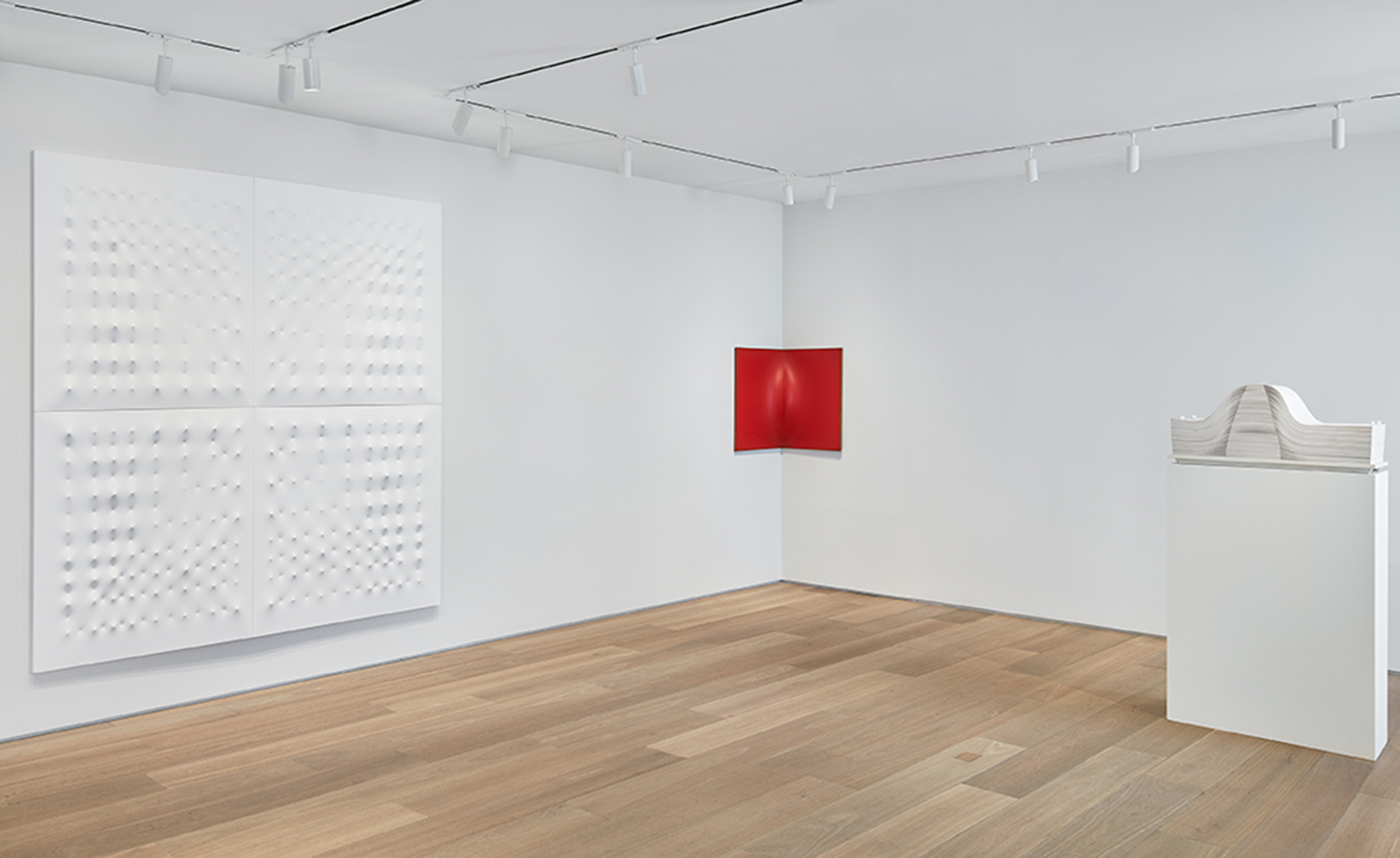
Donald Judd once referred to the Italian artist Enrico Castellani as the ‘father of minimalism’. Back in 1959, together with his close friend Piero Manzoni, Castellani co-founded a gallery and journal in Milan called Azimut, in which both Robert Rauschenberg and Jasper Johns unveiled seminal works – a true creative, to say the least. Today, at 85 years old, Castellani, who was originally trained as an architect, still remains productive, producing works out of a studio located about an hour and a half from Rome.
After a show in London earlier this year, Dominique Lévy New York is presenting a selection of Castellani’s work, much of which is on view in the United States for the first time. The concept for the show is that ‘Castellani has always been working with this idea of his works as interfering or an intervention in space, and working with light, and blurring the lines of perspective and angles’, says Emilio Steinberger, senior director at Dominique Lévy, who has worked with Castellani for several years. ‘The show puts together large works, in white, whether they’re new or older works, with his more object-like paintings, which are [the] corner paintings. Some are very recent, and some are older.’
The show displays Castellani’s mastery of manipulating light and form, bringing his hand-stretched canvases to life. The oldest work, Superficie angolare rossa (1961), is comprised of two red sides that meet and jut out at the corner. ‘Most artists avoid the corner, and here’s Castellani attacking the corner, and changing the way you see a corner or perspective,’ says Steinberger.
Castellani used nails under a stretched-out canvas to form a sort of dance between the light, angles and the shadows, like in the 2008 diptych Superficie bianca – Dittico.‘The parts [where] the nail is pushing [the] canvas very taught almost feels like a different white, like it’s lighter than the deeper part of the white – so that’s dealing with space and light,’ says Steinberger.
Through its wide display of the artist’s oeuvre, the exhibition demonstrates Castellani’s background as both an architect and artist. ‘His idea is to activate the surface, which is the canvas, by making this three-dimensional thing,’ Steinberger concludes.
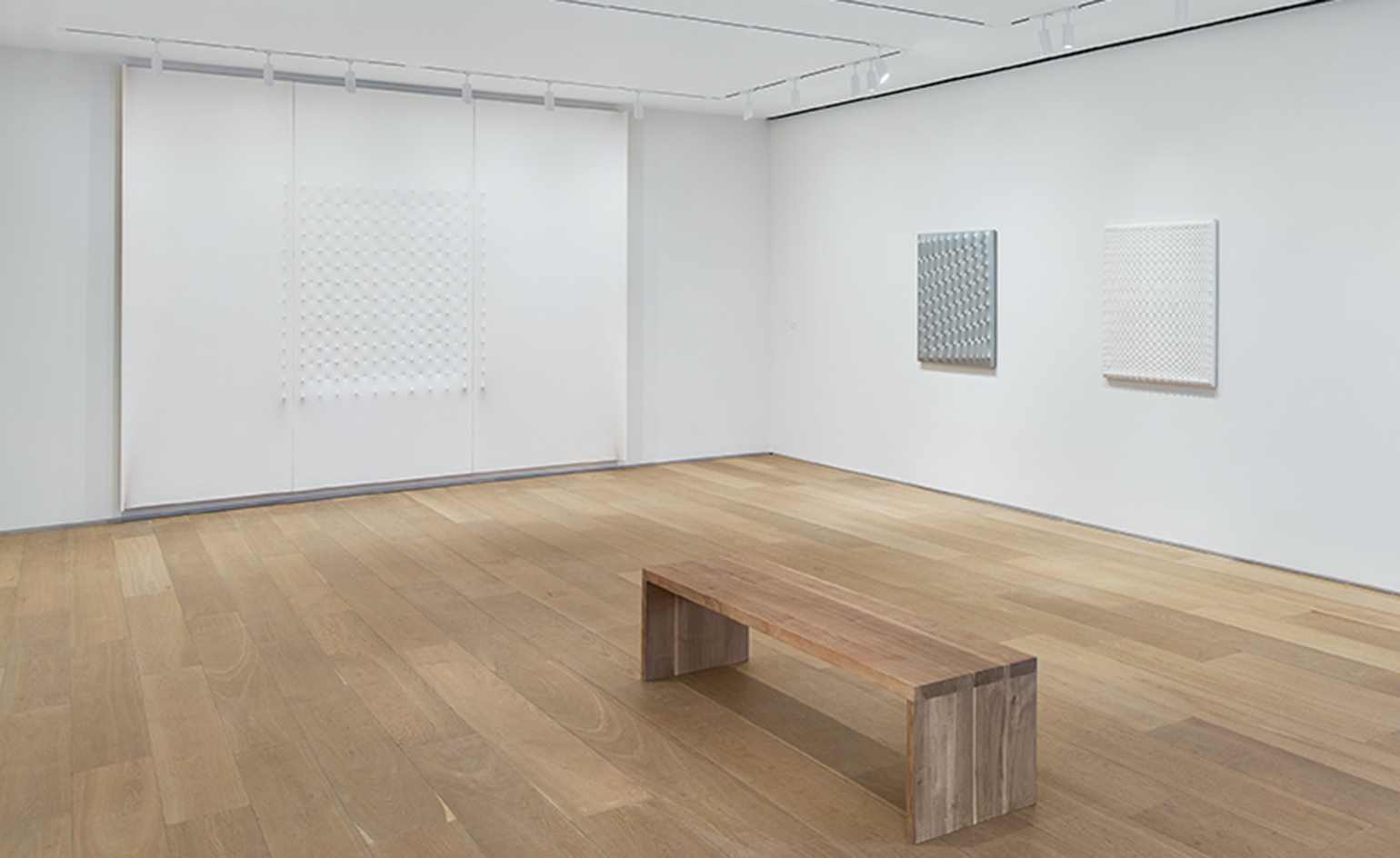
Once referred to as the ‘father of minimalism’ by Donald Judd, Castellani still remains productive, producing works out of a studio located outside of Rome
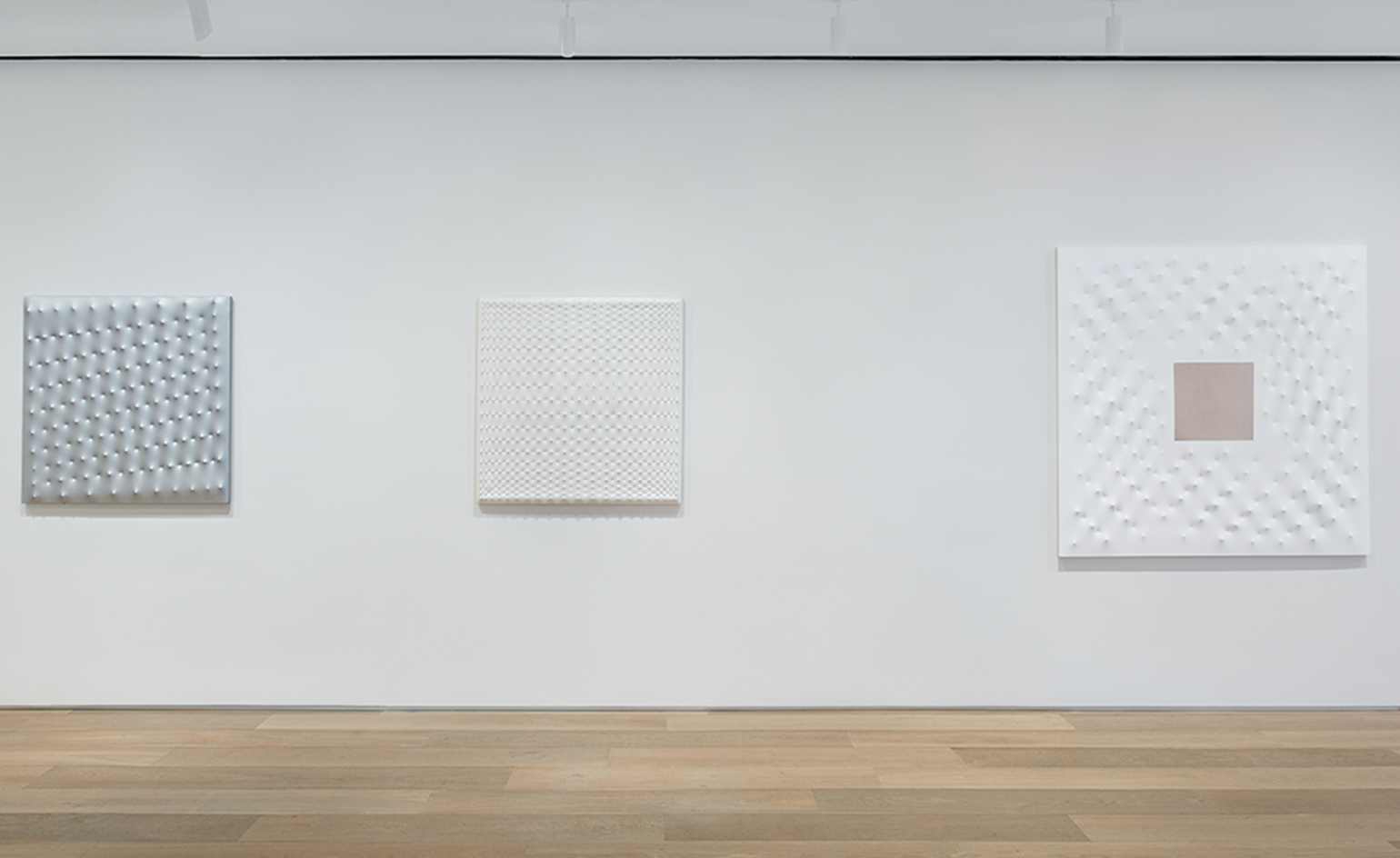
The concept for the show is that ‘Castellani has always been working with this idea of his works as interfering or an intervention in space, and working with light, and blurring the lines of perspective and angles’, says Emilio Steinberger, senior director at Dominique Lévy
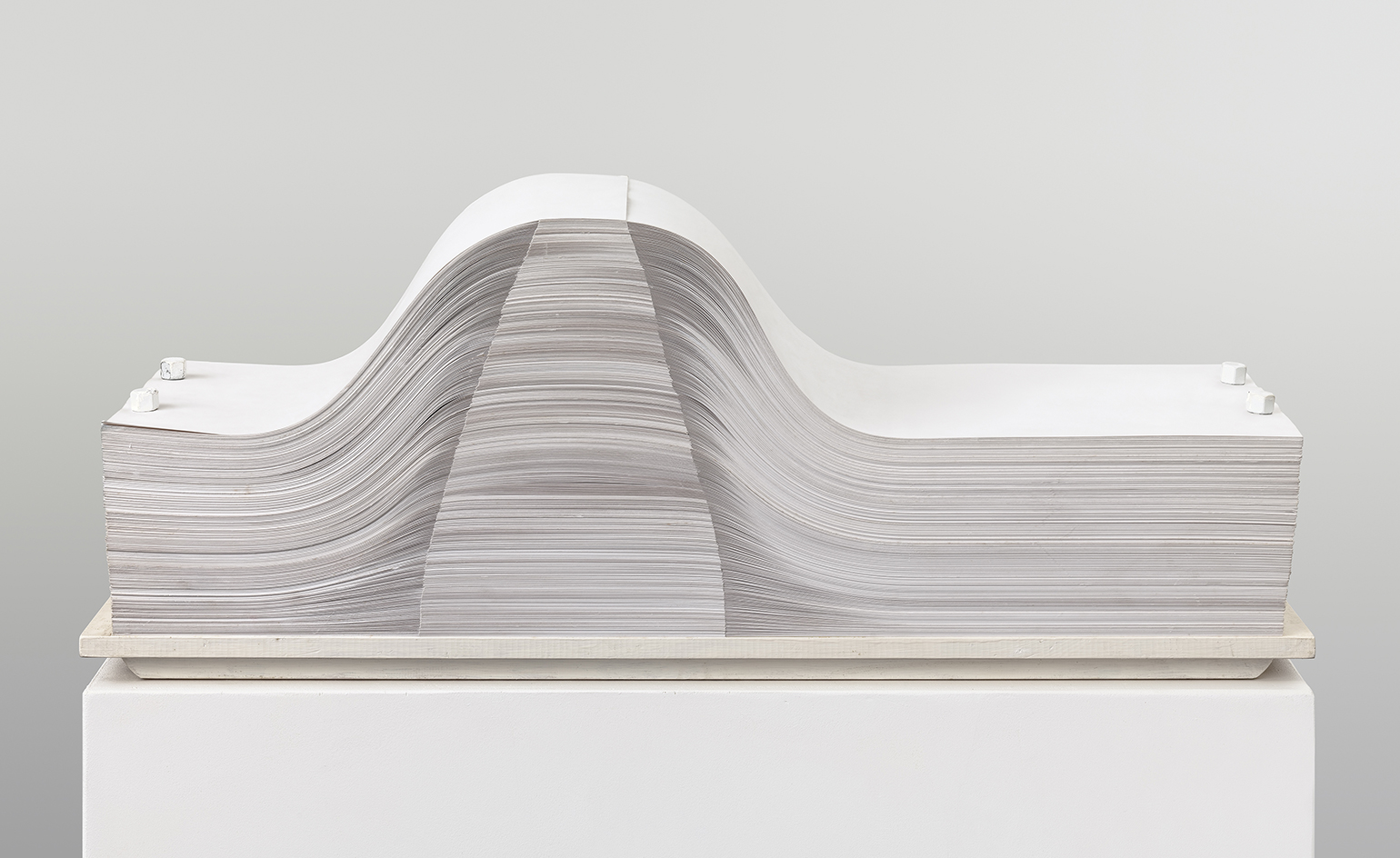
He adds, ‘The show puts together large works, in white, whether they’re new or older works, with his more object-like paintings, which are [the] corner paintings. Some are very recent, and some are older.’ Pictured: Spartito, 1969/2004
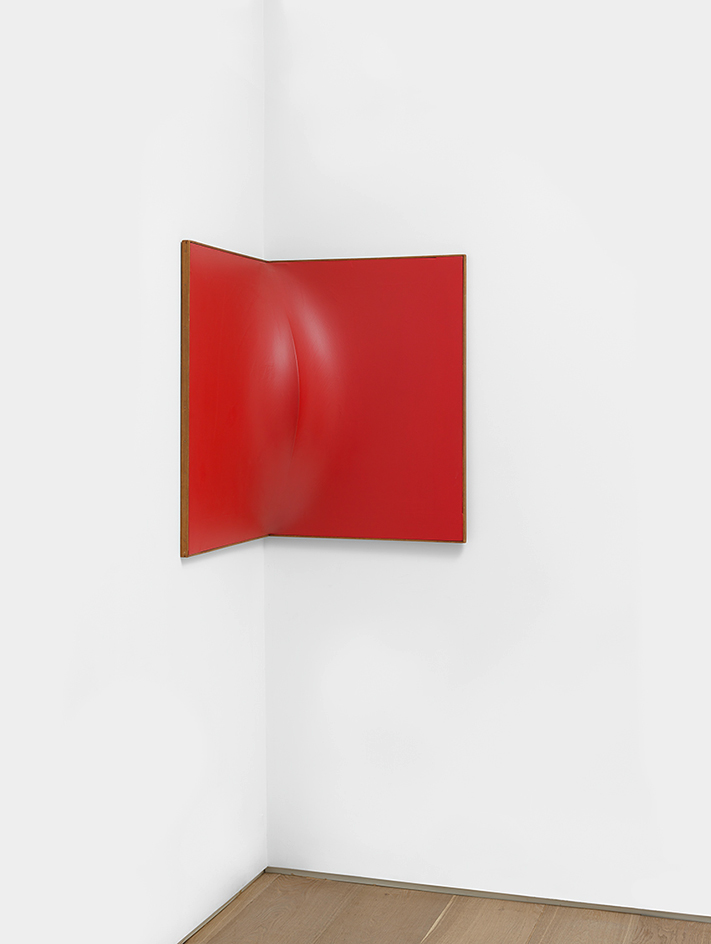
The show displays Castellani’s mastery of manipulating light and form, bringing his hand-stretched canvases to life. The oldest work, Superficie angolare rossa (1961) (pictured), is comprised of two red sides that meet and jut out at the corner
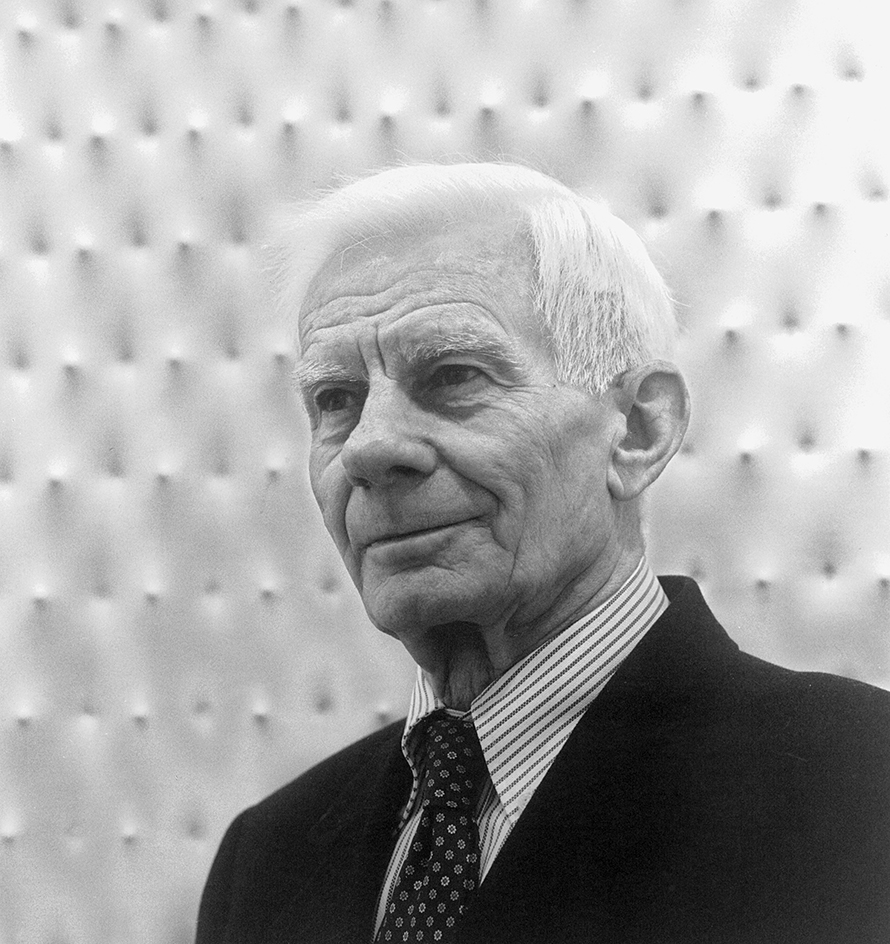
The exhibition demonstrates Castellani’s background as both an architect and artist (pictured). ‘His idea is to activate the surface, which is the canvas, by making this three-dimensional thing,’ says Steinberger
INFORMATION
'Enrico Castellani: Interior Space' is on view until 21 May. For more information, visit Dominique Lévy's website
Photography courtesy of the artist and gallery
ADDRESS
Dominique Lévy
909 Madison Avenue
New York, NY 10021
Receive our daily digest of inspiration, escapism and design stories from around the world direct to your inbox.
Ann Binlot is a Brooklyn-based freelance writer who covers art, fashion, design, architecture, food, and travel for publications like Wallpaper*, the Wall Street Journal, and Monocle. She is also editor-at-large at Document Journal and Family Style magazines.
-
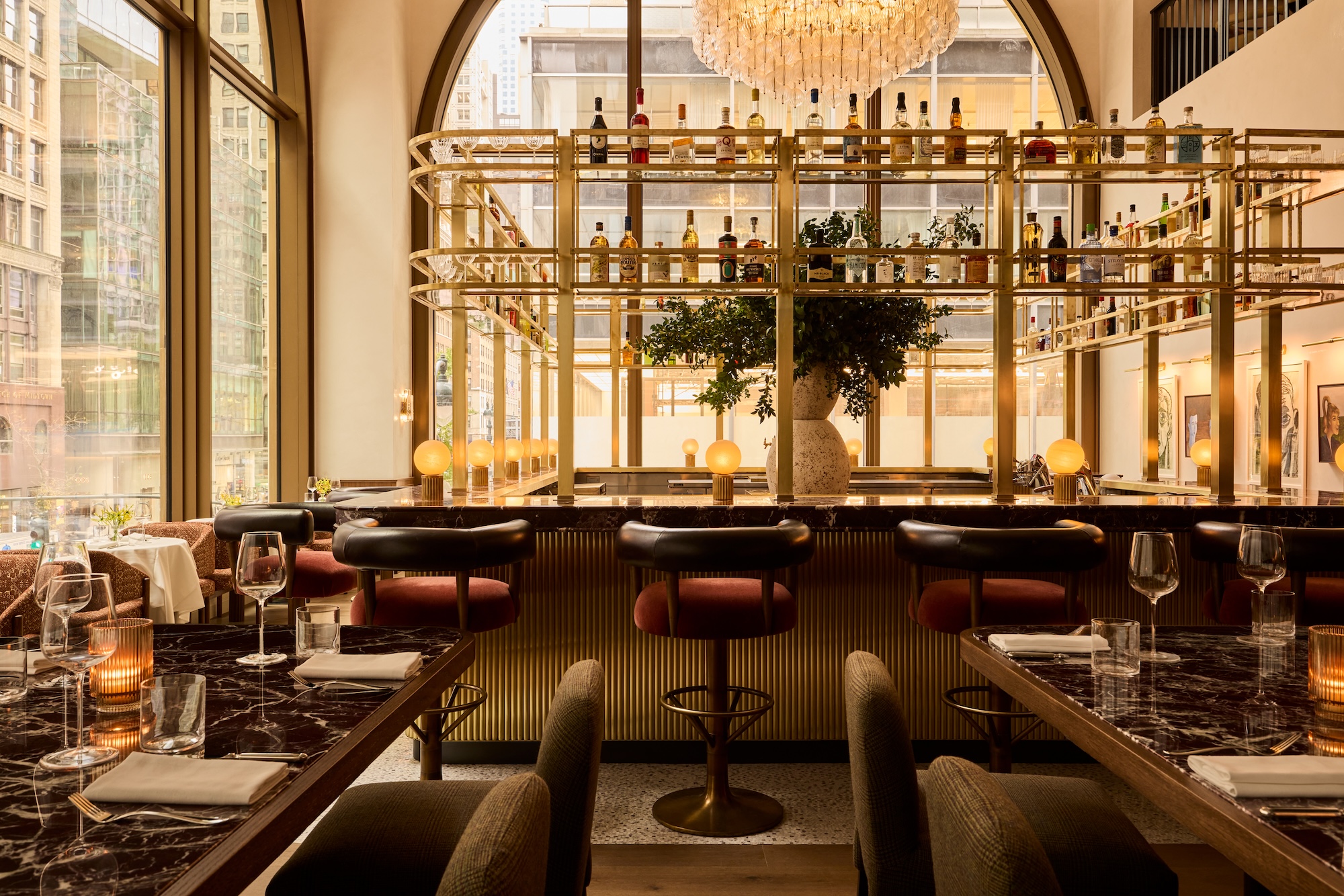 New York's members-only boom shows no sign of stopping — and it's about to get even more niche
New York's members-only boom shows no sign of stopping — and it's about to get even more nicheFrom bathing clubs to listening bars, gatekeeping is back in a big way. Here's what's driving the wave of exclusivity
-
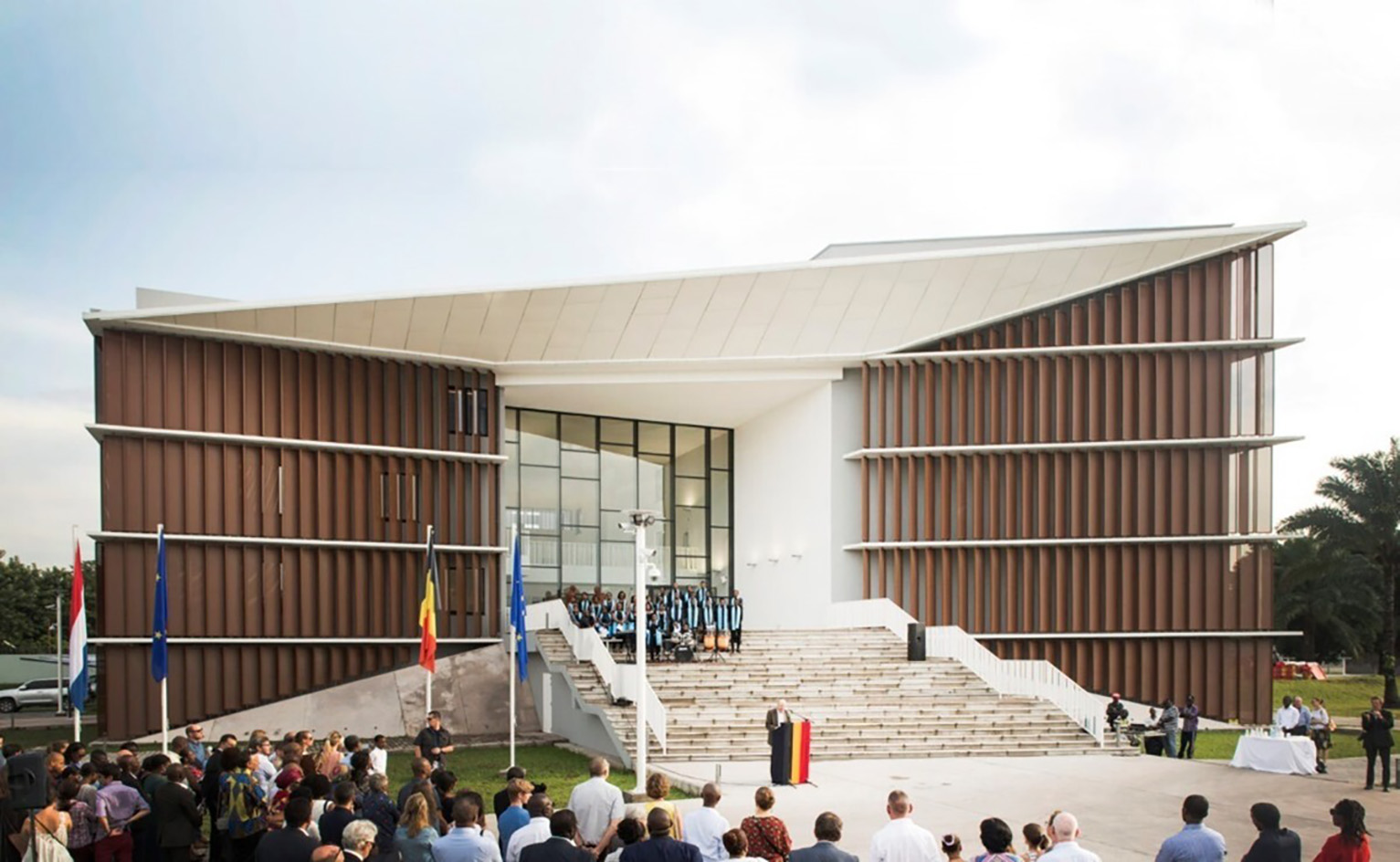 The diverse world of Belgian embassy design – 'style and class without exaggeration'
The diverse world of Belgian embassy design – 'style and class without exaggeration''Building for Belgium: Belgian Embassies in a Globalising World' offers a deep dive into the architecture representing the country across the globe – bringing context to diplomatic architecture
-
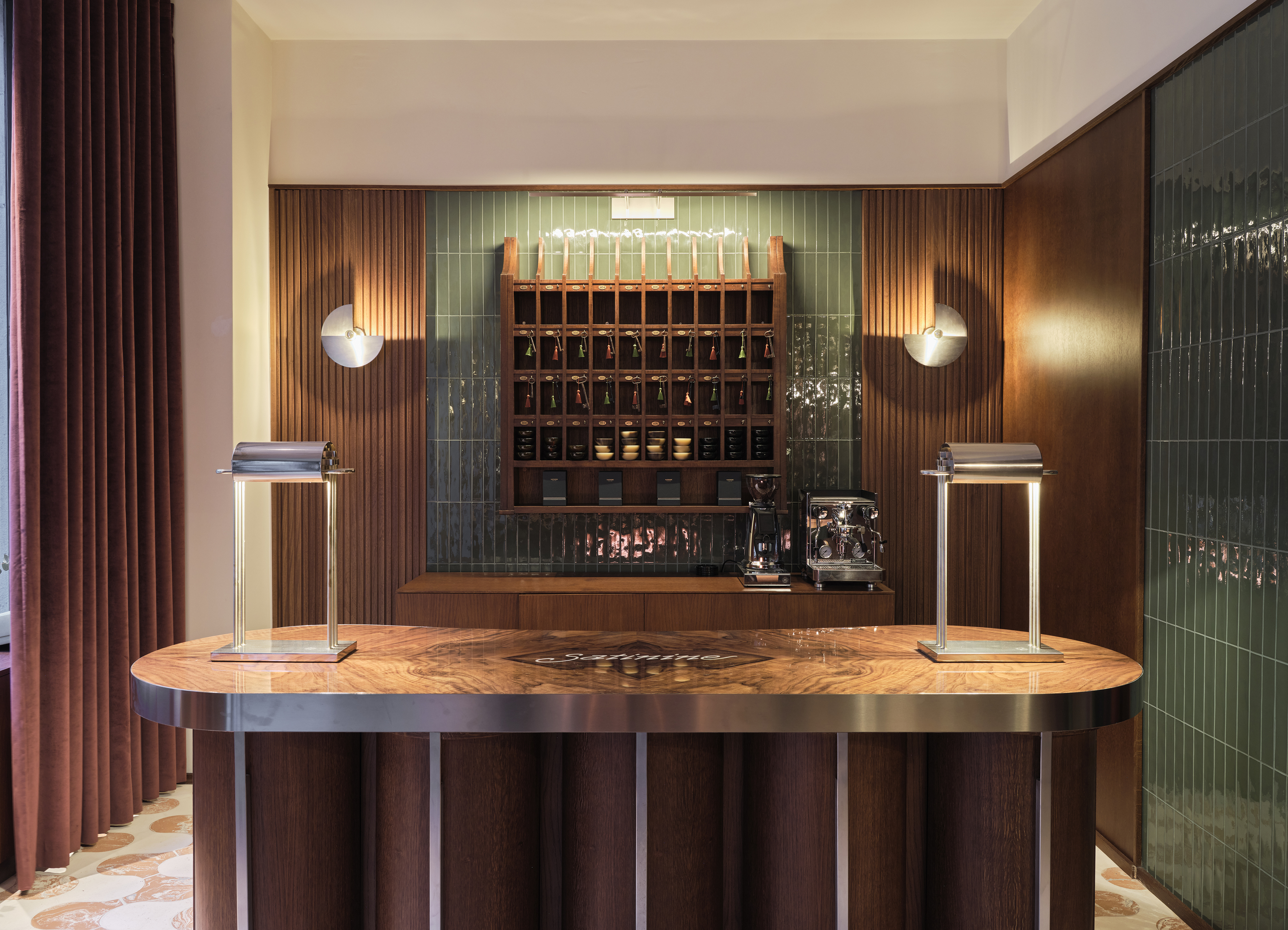 Pull up a bespoke pew at Milan’s new luxury perfumery Satinine, an homage to the city’s entryways
Pull up a bespoke pew at Milan’s new luxury perfumery Satinine, an homage to the city’s entrywaysDesigner Mara Bragagnolo fuses art deco details to bring storied Milanese fragrance brand Satinine into the 21st century
-
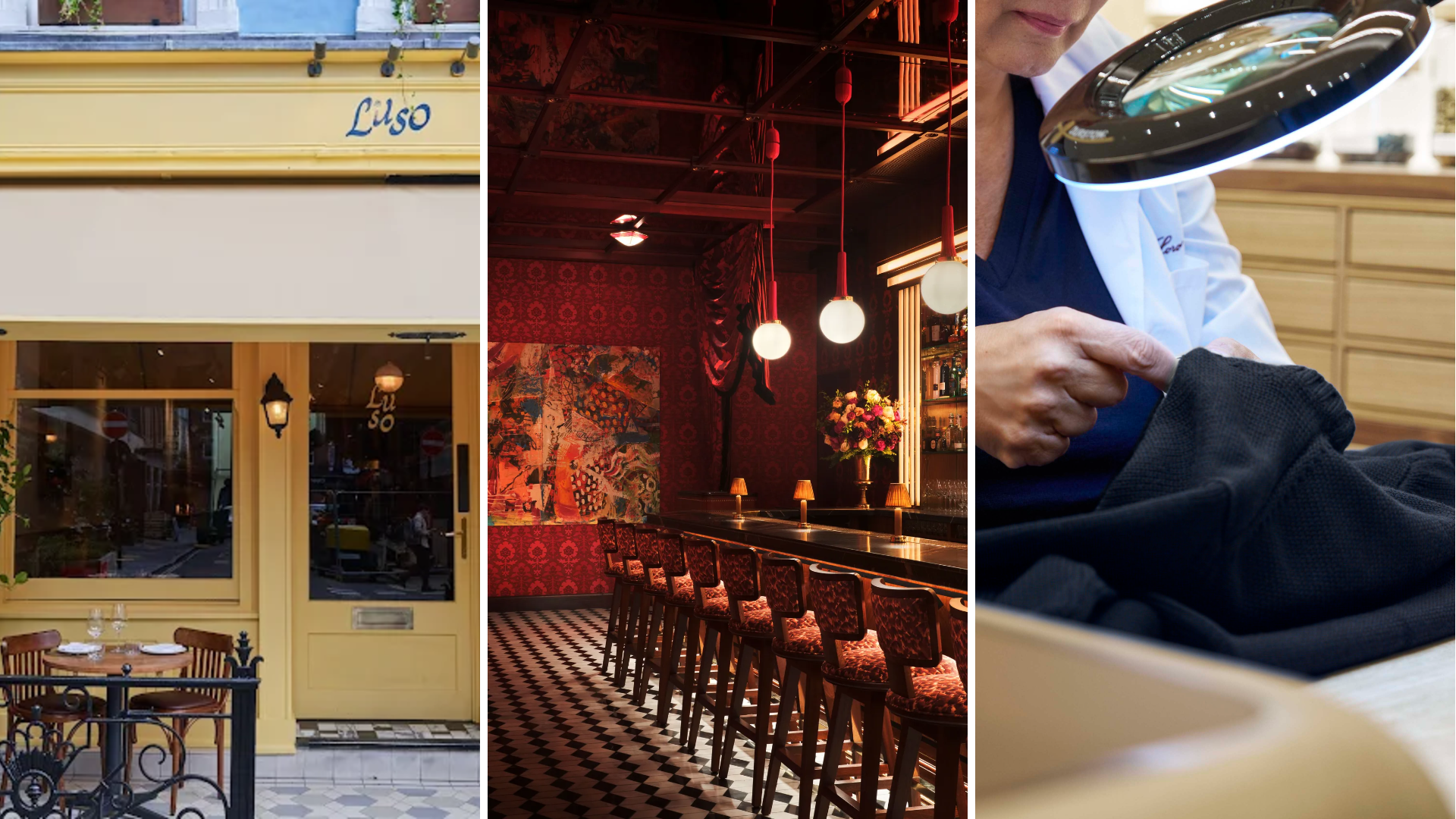 Out of office: The Wallpaper* editors’ picks of the week
Out of office: The Wallpaper* editors’ picks of the week'Tis the season for eating and drinking, and the Wallpaper* team embraced it wholeheartedly this week. Elsewhere: the best spot in Milan for clothing repairs and outdoor swimming in December
-
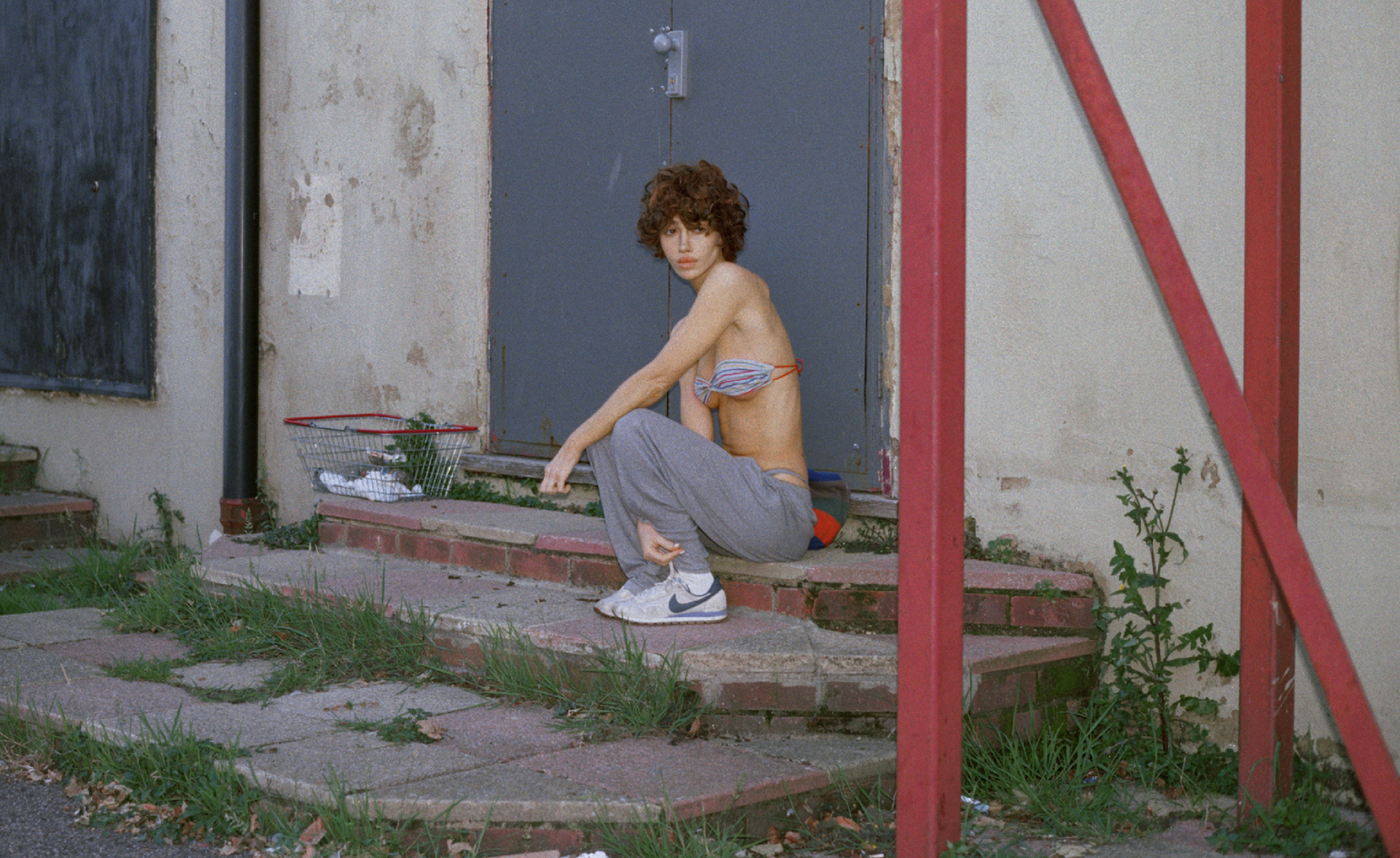 Nadia Lee Cohen distils a distant American memory into an unflinching new photo book
Nadia Lee Cohen distils a distant American memory into an unflinching new photo book‘Holy Ohio’ documents the British photographer and filmmaker’s personal journey as she reconnects with distant family and her earliest American memories
-
 Out of office: The Wallpaper* editors’ picks of the week
Out of office: The Wallpaper* editors’ picks of the weekIt’s been a week of escapism: daydreams of Ghana sparked by lively local projects, glimpses of Tokyo on nostalgic film rolls, and a charming foray into the heart of Christmas as the festive season kicks off in earnest
-
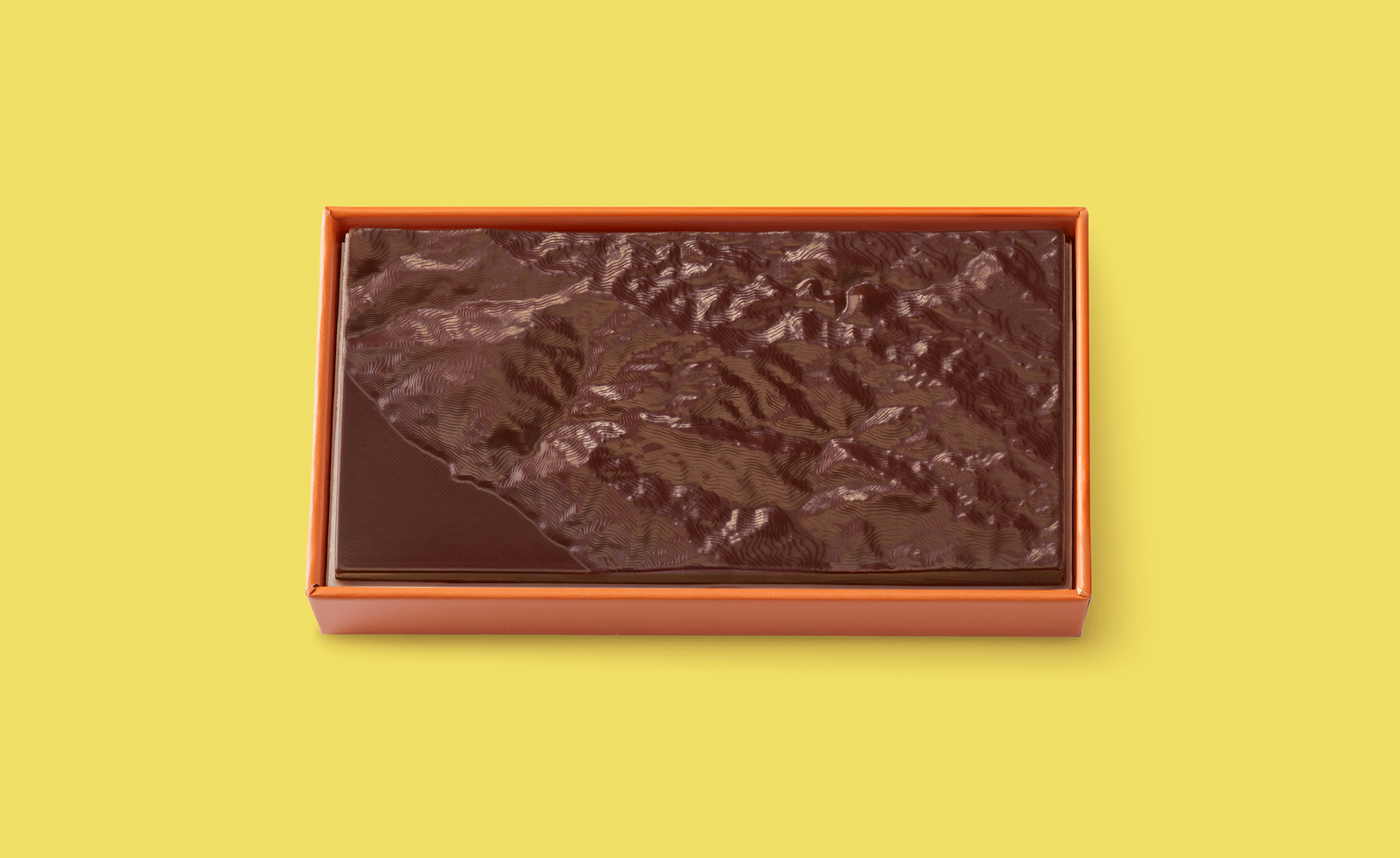 Ed Ruscha’s foray into chocolate is sweet, smart and very American
Ed Ruscha’s foray into chocolate is sweet, smart and very AmericanArt and chocolate combine deliciously in ‘Made in California’, a project from the artist with andSons Chocolatiers
-
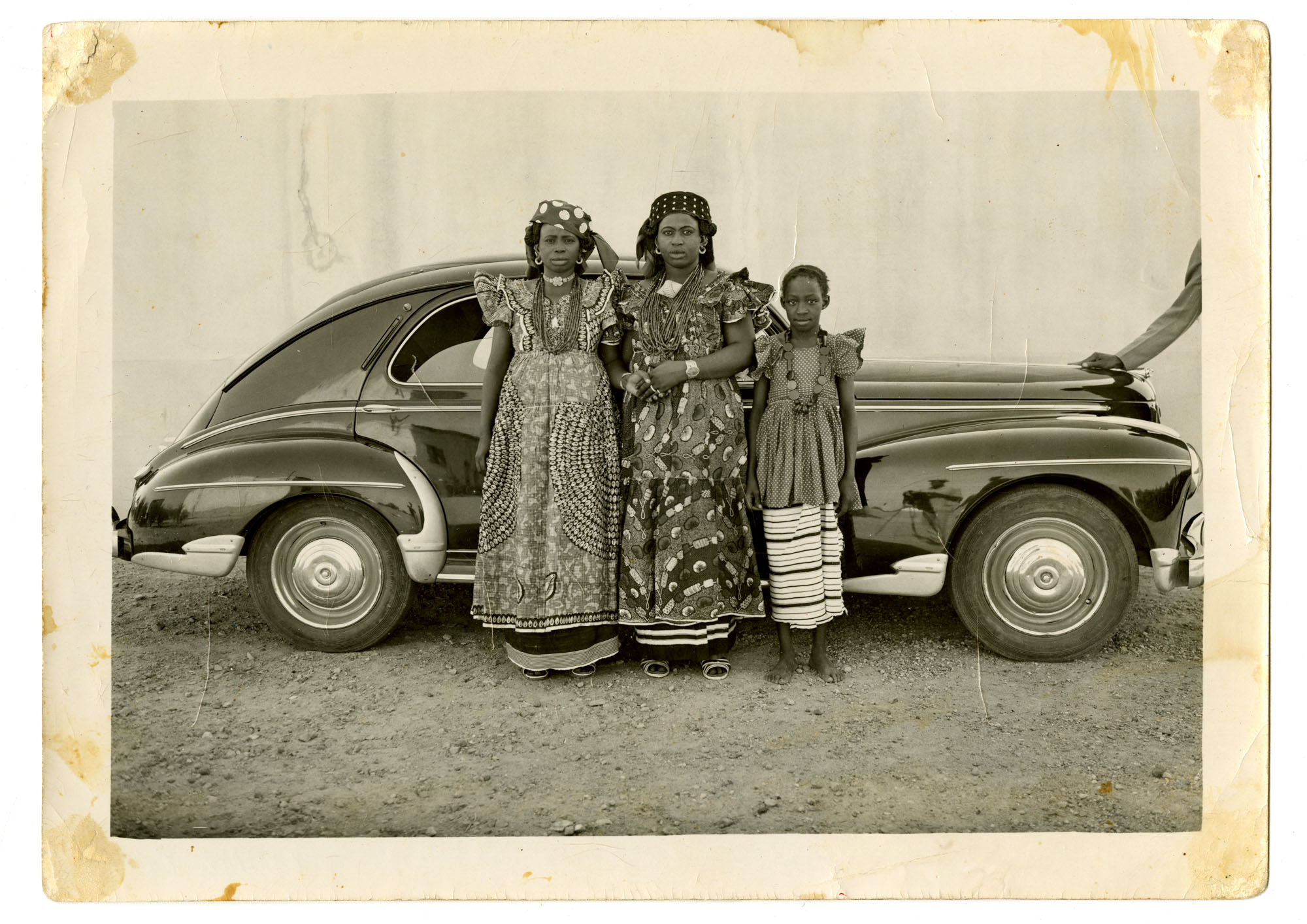 Inside the work of photographer Seydou Keïta, who captured portraits across West Africa
Inside the work of photographer Seydou Keïta, who captured portraits across West Africa‘Seydou Keïta: A Tactile Lens’, an exhibition at the Brooklyn Museum, New York, celebrates the 20th-century photographer
-
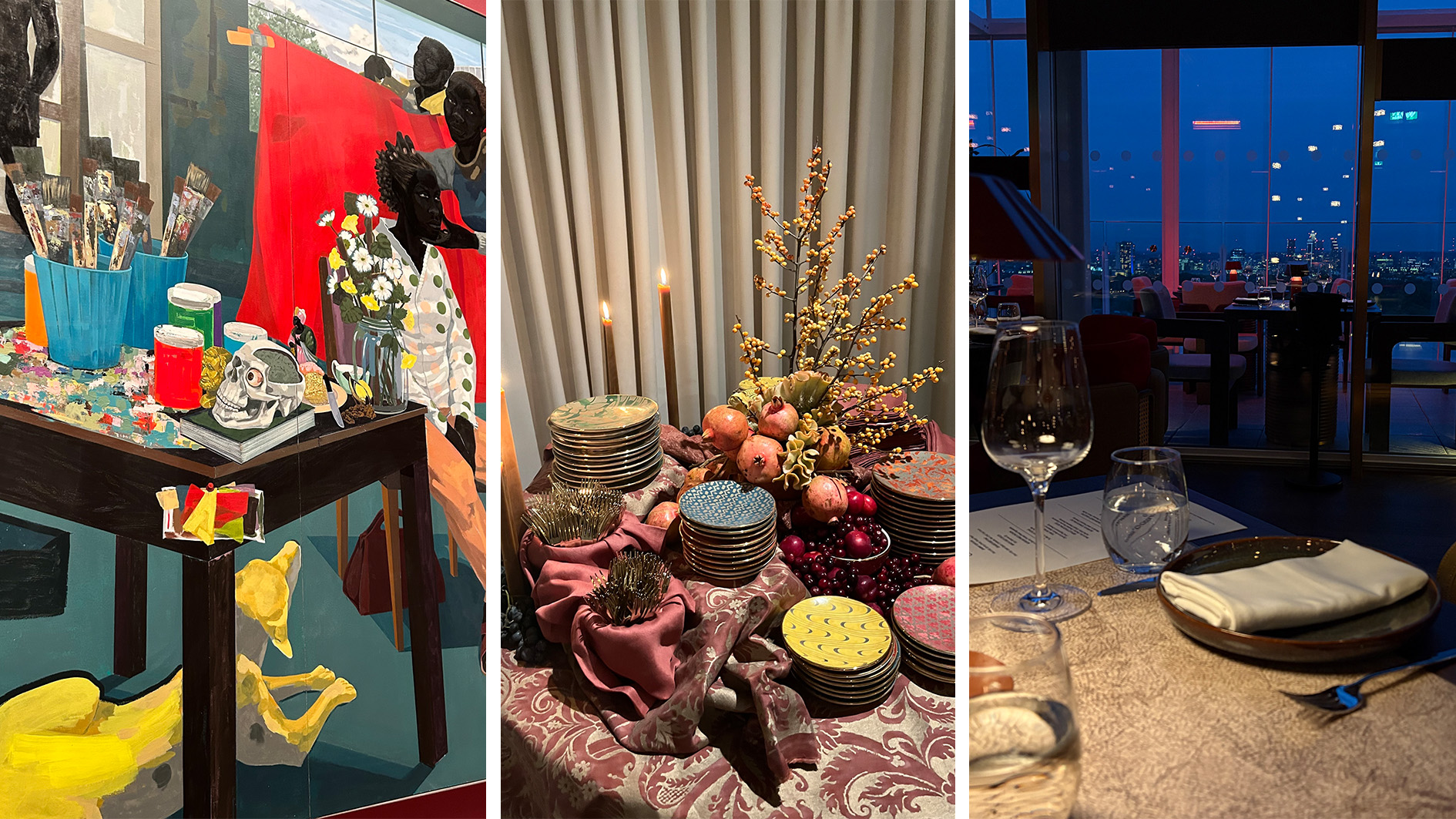 Out of office: The Wallpaper* editors’ picks of the week
Out of office: The Wallpaper* editors’ picks of the weekFrom sumo wrestling to Singaporean fare, medieval manuscripts to magnetic exhibitions, the Wallpaper* team have traversed the length and breadth of culture in the capital this week
-
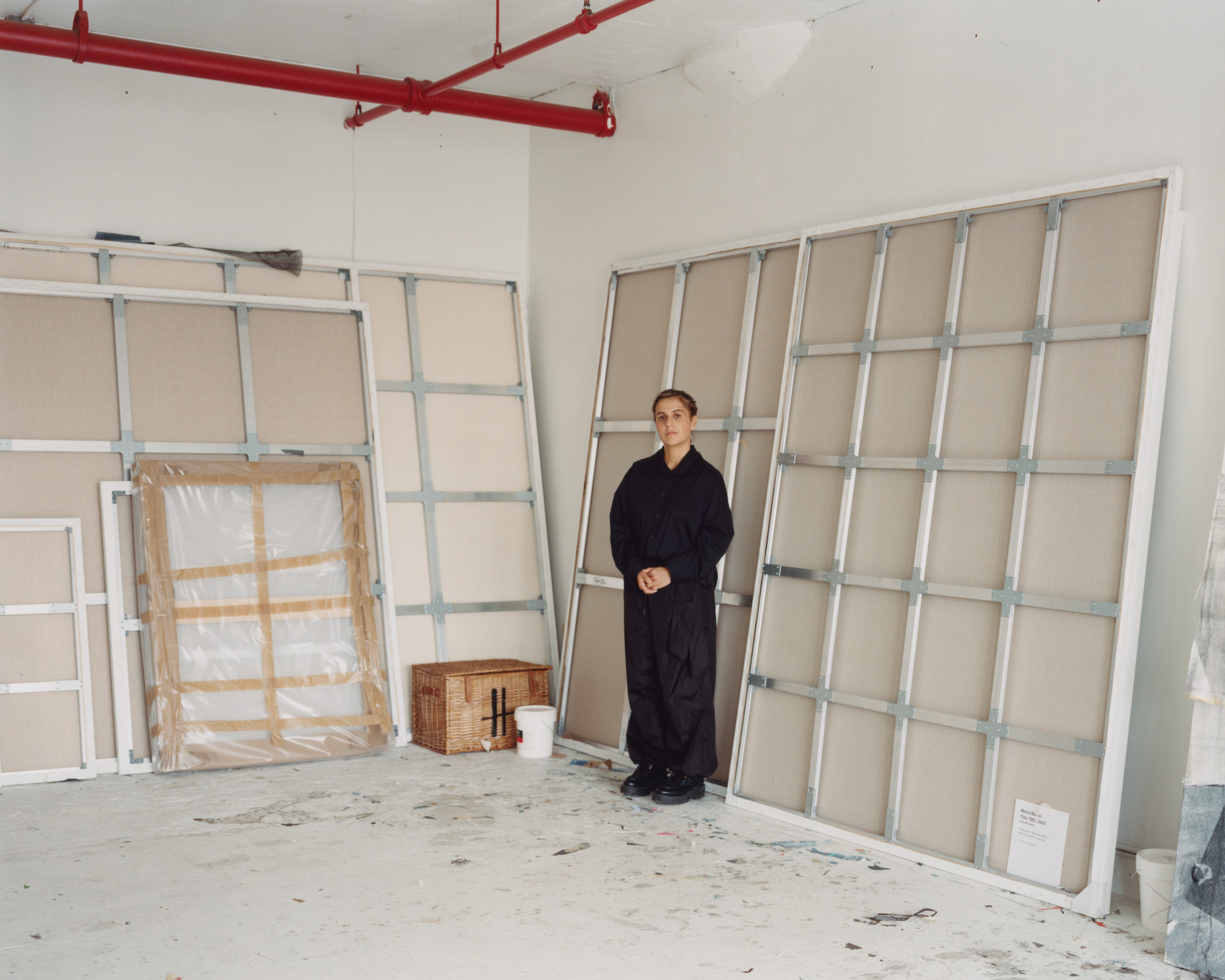 María Berrío creates fantastical worlds from Japanese-paper collages in New York
María Berrío creates fantastical worlds from Japanese-paper collages in New YorkNew York-based Colombian artist María Berrío explores a love of folklore and myth in delicate and colourful works on paper
-
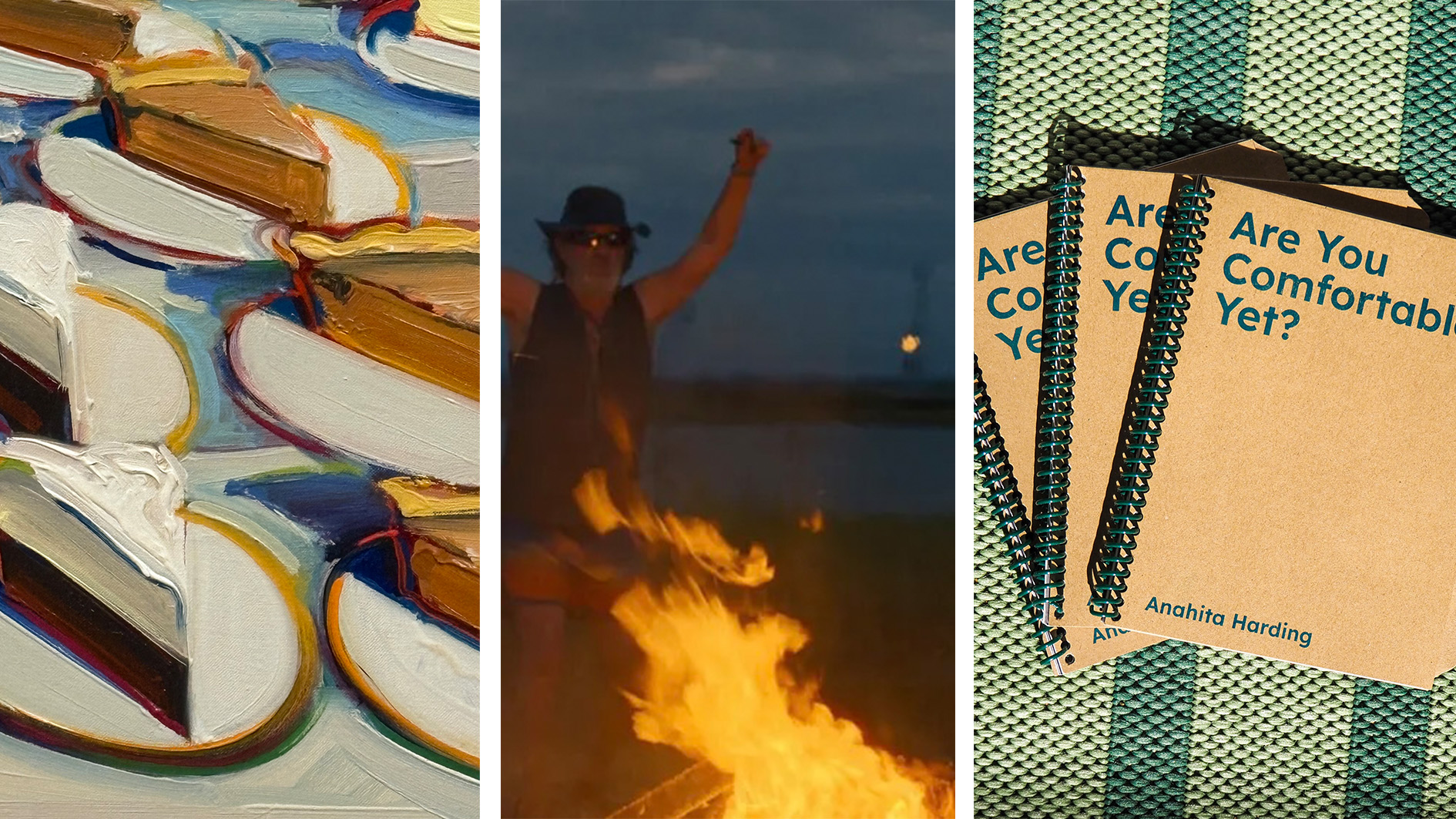 Out of office: the Wallpaper* editors’ picks of the week
Out of office: the Wallpaper* editors’ picks of the weekAs we approach Frieze, our editors have been trawling the capital's galleries. Elsewhere: a 'Wineglass' marathon, a must-see film, and a visit to a science museum